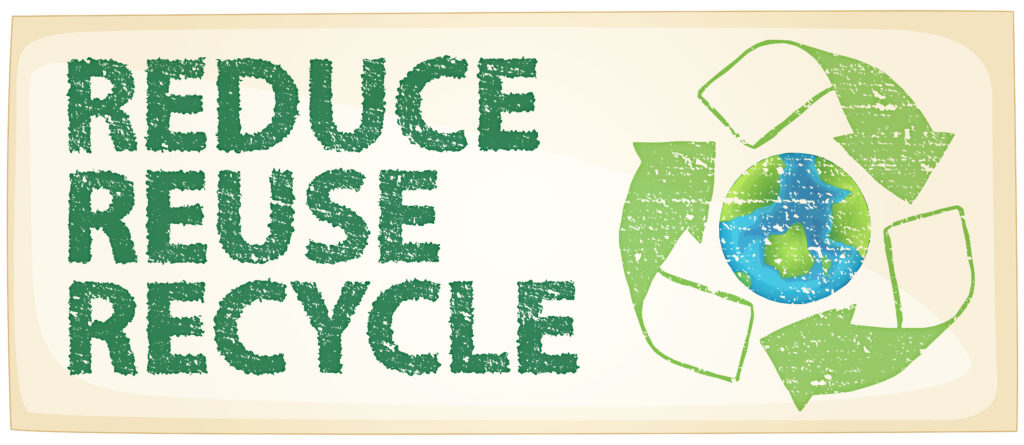Mattress Recycling: How Mattresses Are Recycled
When it comes to waste management and environmental sustainability, recycling has become a crucial component of our daily lives. From plastic bottles to electronic gadgets, we’ve become more aware of the importance of recycling and its positive impact on the planet. But have you ever wondered what happens to those bulky and often overlooked items like mattresses when they reach the end of their useful life? This article delves into the world of mattress recycling, explaining the process and its environmental benefits.

Looking for A Reliable Mattress Recycling & Removal Service in Barrie? <<<— Click That Link
The Problem with Mattress Disposal
Before we explore the world of mattress recycling, it’s essential to understand why proper disposal of mattresses is a pressing concern. Mattresses are not only large and space-consuming but also contain various materials that can be harmful to the environment if not handled correctly.
Here are some of the key issues associated with mattress disposal:
- Landfill Overload: Mattresses take up a significant amount of space in landfills. Given their size and slow decomposition rate, they contribute to landfill overcrowding.
- Toxic Components: Mattresses often contain hazardous materials such as flame retardants, volatile organic compounds (VOCs), and heavy metals. When left to degrade in landfills, these chemicals can leach into the soil and water, posing environmental and health risks.
- Resource Waste: Mattresses are made from a variety of materials, including foam, steel springs, fabric, and wood. Disposing of them without recycling means wasting valuable resources.
The Mattress Recycling Process
Mattress recycling is a sustainable solution that addresses the issues associated with mattress disposal. The process involves several stages, each aimed at maximizing resource recovery and minimizing environmental impact.
1. Collection
The first step in mattress recycling is collecting mattresses from various sources. These sources can include consumers, hotels, universities, and mattress retailers. Some recycling centers offer drop-off locations, while others provide pickup services to make it convenient for consumers to recycle their old mattresses.
2. Inspection and Sorting
Once collected, mattresses go through an inspection and sorting process. This step is crucial for identifying the type of mattress and separating it into different categories based on its components. Common mattress types include innerspring, memory foam, latex, and hybrid mattresses.
3. Deconstruction
After sorting, the mattresses are disassembled to extract their components. This involves cutting the fabric and removing materials such as foam, wood, and steel springs. Each of these materials is processed separately for recycling.
4. Material Processing
The individual components of the mattress are sent to specialized recycling facilities. Here’s what happens to each component:
- Foam: Foam is typically shredded and can be used in various applications, including carpet padding, upholstery, and sports equipment.
- Wood: Wood from mattress frames is chipped or ground into mulch or used for energy generation.
- Steel Springs: Steel springs are melted down and recycled into new steel products.
- Fabric: Fabric is often cleaned and repurposed for various uses, including making rags or insulation.
5. Disposal of Non-Recyclables
Not all components of a mattress are recyclable. Some materials, such as adhesives and certain chemicals, may be sent to hazardous waste facilities for proper disposal to prevent environmental contamination.
6. Product Manufacturing
Recycled materials are then used in various manufacturing processes. For example, recycled foam can be used to create new mattresses, recycled steel can become part of new metal products, and recycled wood can be used for construction and landscaping.
Environmental Benefits of Mattress Recycling
Mattress recycling offers several significant environmental benefits:
- Resource Conservation: Recycling mattresses conserves valuable resources like foam, steel, and wood, reducing the need for new raw materials.
- Reduced Landfill Waste: By diverting mattresses from landfills, we alleviate the problem of overcrowded disposal sites.
- Emission Reduction: Recycling mattresses reduces greenhouse gas emissions associated with landfill decomposition and the production of new materials.
- Energy Savings: Processing recycled materials often requires less energy than manufacturing new ones from scratch, contributing to energy savings.
- Toxic Chemical Avoidance: Proper disposal and recycling prevent harmful chemicals in mattresses from contaminating the environment.
How You Can Contribute
As a consumer, you can play an active role in promoting mattress recycling and its environmental benefits:
- Research Local Recycling Centers: Find out if there are recycling centers in your area that accept mattresses for recycling.
- Support Manufacturers with Sustainable Practices: Choose mattresses from manufacturers that incorporate recycled materials into their products and have eco-friendly production processes.
- Proper Disposal: If you’re replacing a mattress, explore recycling options before sending it to a landfill. Many retailers offer disposal and recycling services when you purchase a new mattress.
Final Thoughts on Recycling Your Mattress
Mattress recycling is a sustainable solution that addresses the environmental challenges posed by mattress disposal. By diverting these bulky items from landfills and recycling their components, we conserve resources, reduce waste, and minimize environmental harm. As consumers, we have the power to make eco-friendly choices and support recycling initiatives, ultimately contributing to a healthier planet for future generations.
Looking for A Reliable Mattress Recycling & Removal Service in Barrie? <<<— Click That Link
